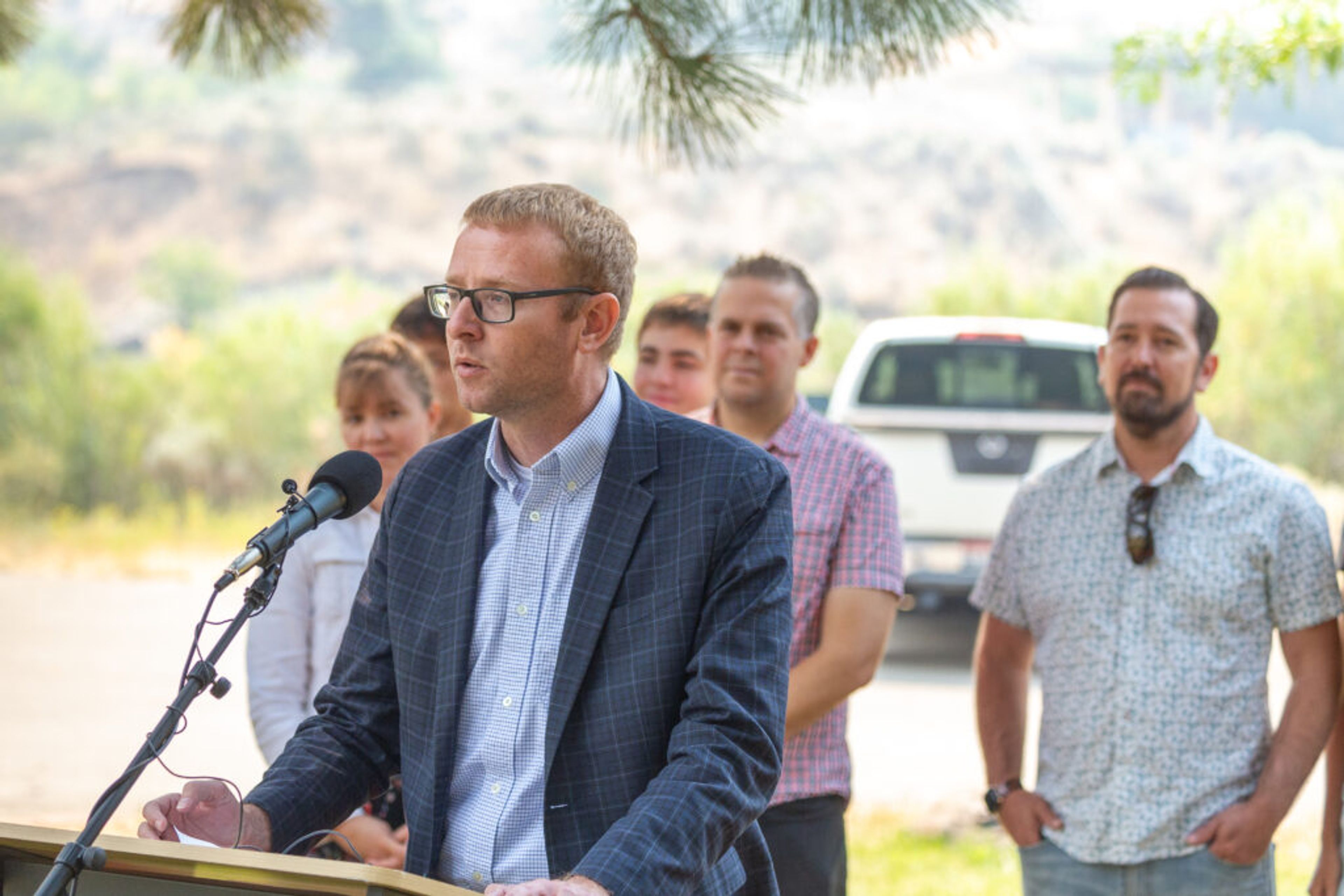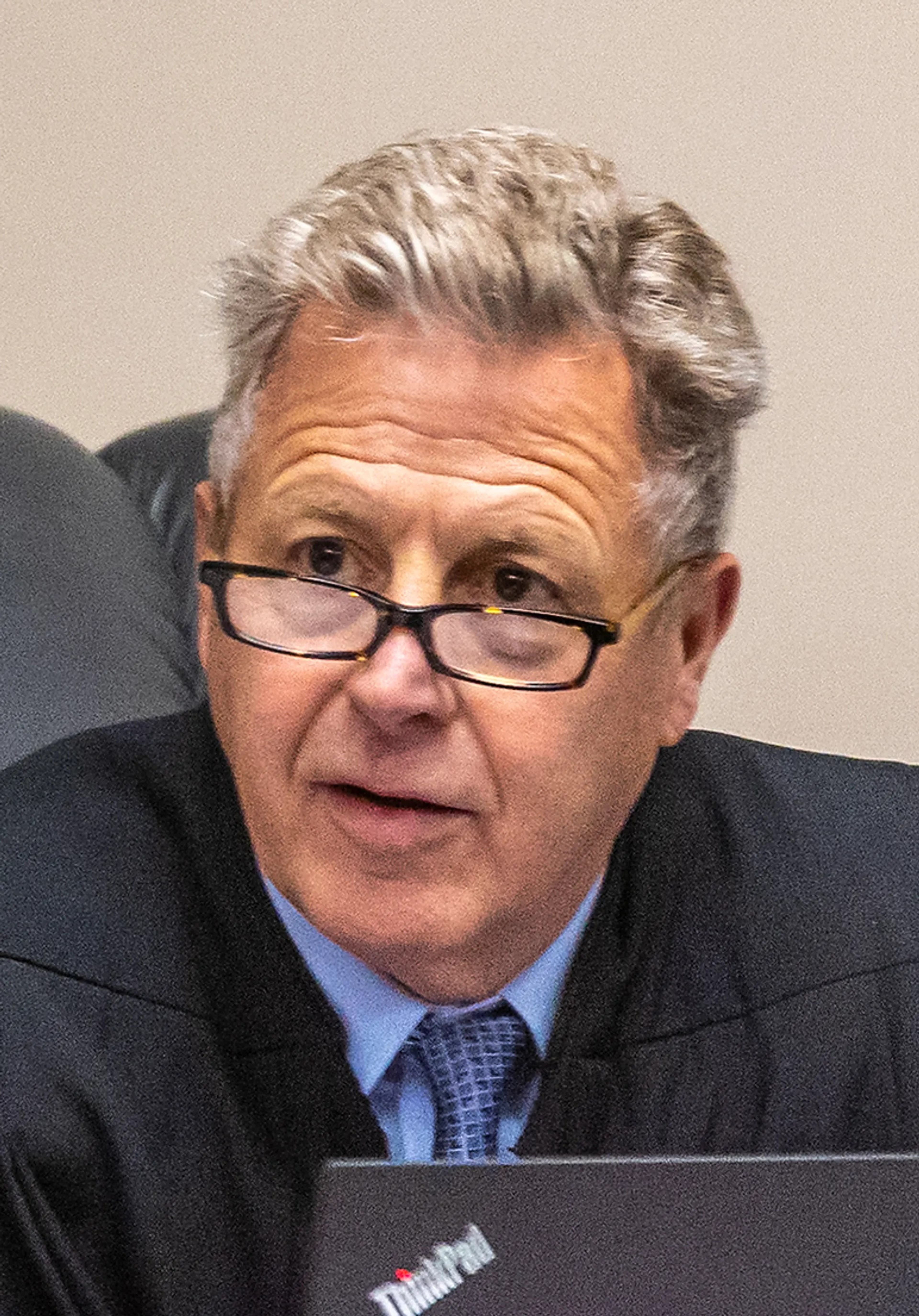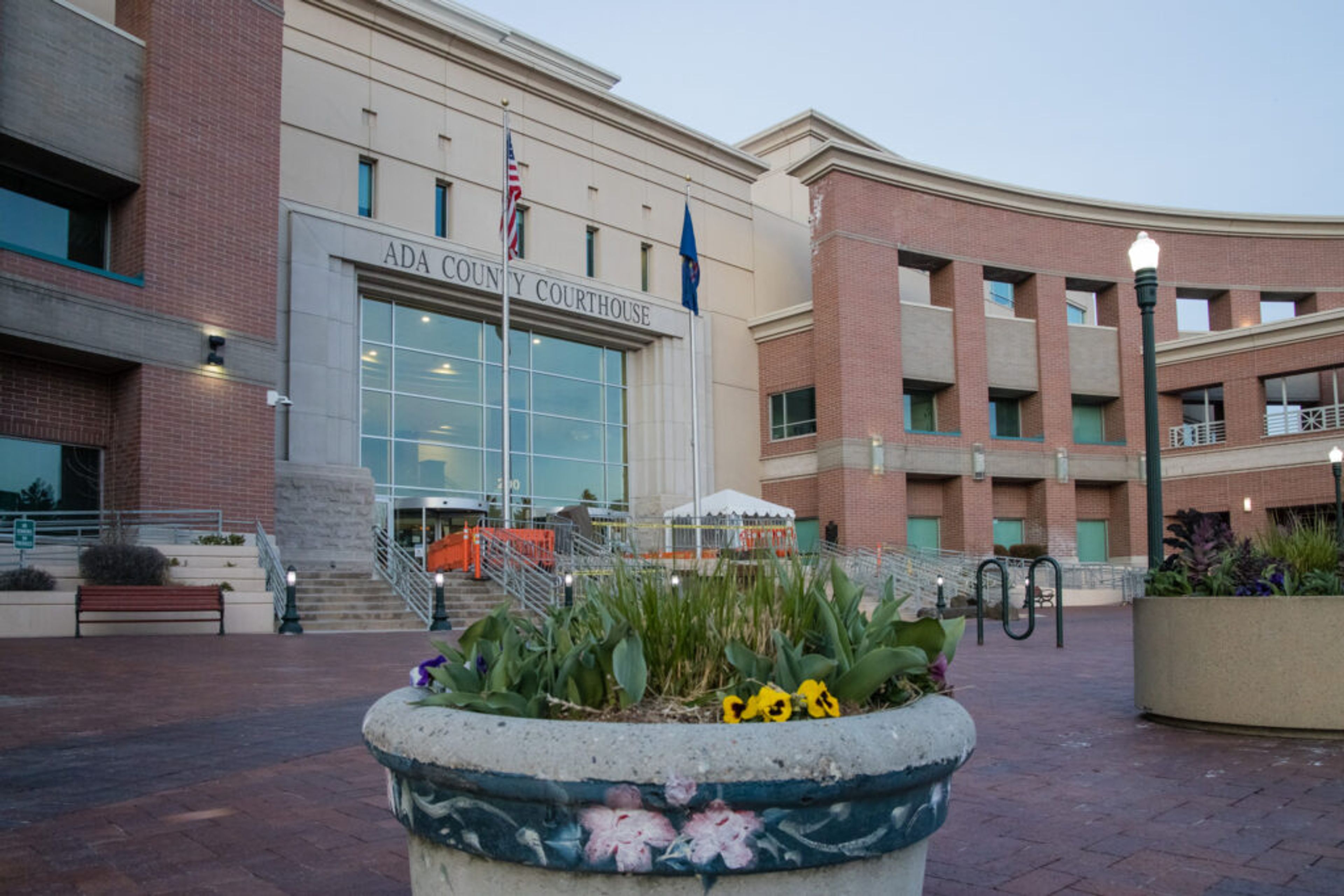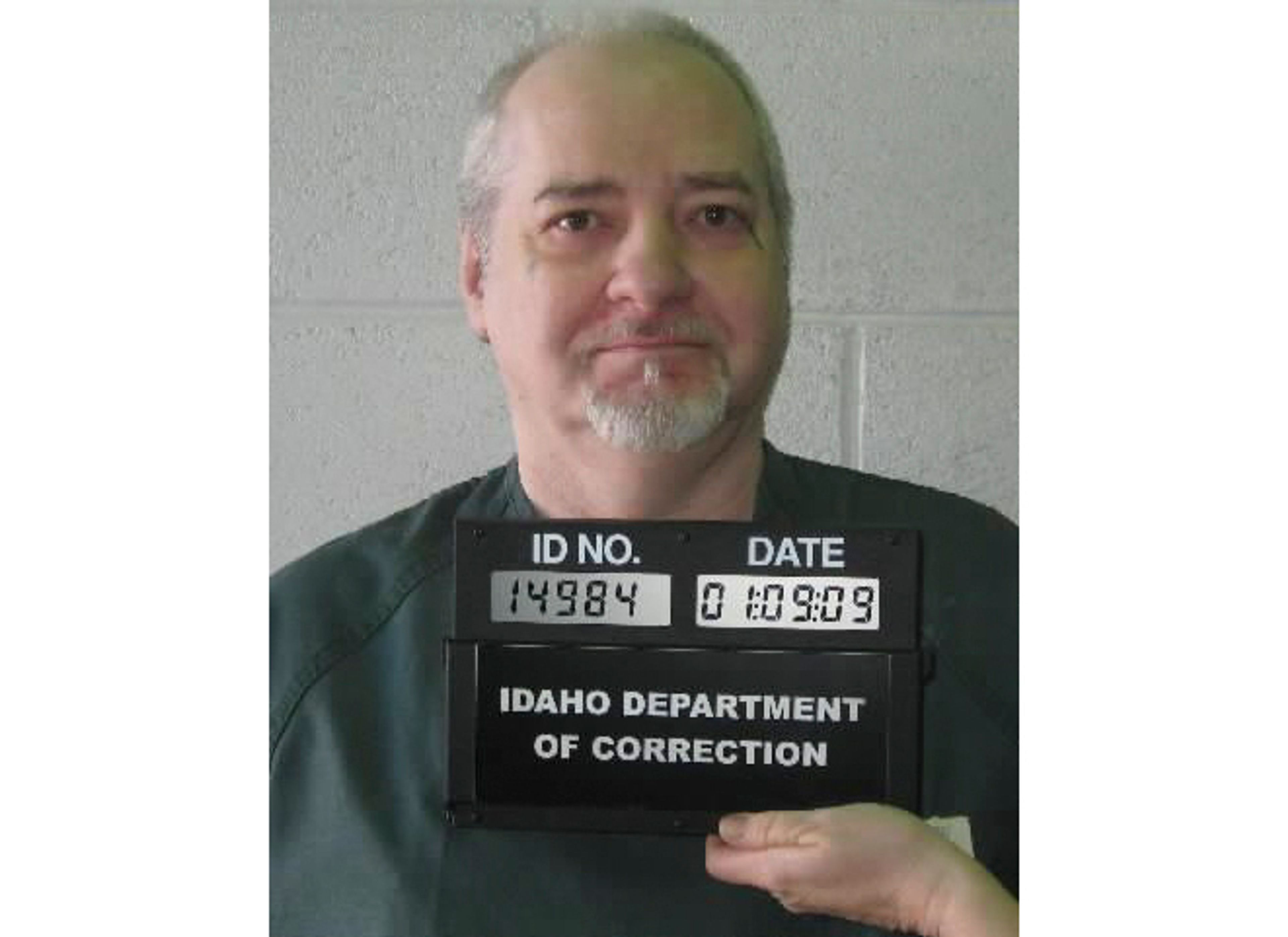Tech center has water woes
State DEQ says education development site has sufficient flow for new high school, but more is needed for LCSC project
Officials at Lewis-Clark State College are hoping construction of the new Career and Technical Education Building in the Lewiston Orchards won’t be delayed by a lack of fresh water.
A recent Idaho Department of Environmental Quality review of the city of Lewiston’s draft facilities plan for the site determined that current flows aren’t sufficient to allow the crews to break ground on the center next year.
The new Lewiston High School already is under construction at the site, and Lewiston has plans to further develop the adjacent Community Park in the coming years.
“The preliminary review of the facility plan basically said there’s not enough water,” DEQ Engineering Manager Michael Camin said, noting that there is sufficient flow for the high school once it opens in 2020. “We approved that, so it’s under construction. But that project basically tapped out the available water for that area. So for LCSC, as it stands today, it doesn’t appear that there’s enough water to provide potable water and fire flow for that project upon completion.”
LCSC Vice President for Finance and Administration Todd Kilburn said the college doesn’t believe the issue will delay the $20 million project.
“We have folks on the city side and our engineering firm working with DEQ,” Kilburn said. “We obviously don’t want to rush ahead of them, but we think there are some solutions to be found. But we also want to be respectful of the process and make sure everything is properly in place so that we can move forward.”
Possible solutions in the draft facilities plan include a new well that would add flows to the entire area, not just the so-called tri-partnership site; a new reservoir and booster station that could store water and add pressure to the system; and increased pumping capacity to move more water up the hill to the site.
All options are expensive. Estimates in the draft facility plan put the cost of a new well at $6 million, a reservoir at more than $3 million and replacement of the 21st Street booster station at $2 million. Upgrades to the booster station would be more affordable, however, with an estimated cost of $325,000.
The city has been struggling with how to pay for tens of millions of dollars in needed upgrades to its water and wastewater treatment plants, sharply hiking rates and seeking bonding approval from a 2nd District Court judge. So it is not clear where the money to solve this latest problem would come from. But Kilburn said he believes it will be a city responsibility since it owns the water system, and any upgrades would improve service beyond the tri-partnership site.
Kilburn said the parties also are looking into whether the Lewiston Orchards Irrigation District has enough additional capacity to help supply the site.
Lewiston Parks and Recreation Director Tim Barker has been closely involved with the development of the Community Park site during his tenure. Irrigation of the city and school district playfields and open parkland won’t be needed for several years, he said, so there is time for the city to solve the issue.
“Our major concern down the road is going to be with the development of the green space,” he said. “That’s going to take the biggest load. The actual buildings are pretty minor compared to what those fields are going to take.”
Barker said the city believed an earlier facilities plan from 2010 showed sufficient water at the site for future development, but DEQ disagreed.
“That old facility plan really did not address these projects,” Camin said, noting DEQ’s biggest concern for the center is a lack of sufficient flows for fire suppression.
Kilburn said the college is working on ways to limit the tech center’s water usage while it awaits a longer-term solution. It will house far fewer people than the high school and have a smaller footprint, but he said the landscaping will be designed to consume as little water as possible for the short term.
Even if the building only adds a relatively small amount to the overall water consumption at the site, Camin said DEQ would be more comfortable with a solution that provides for future growth.
“We don’t want to have public water systems develop without a plan in place,” he said. “They can shoot themselves in the foot with a decision today that could have helped them in the future.”
He added that DEQ isn’t sounding a major alarm over the water issue, and it believes that the city is properly planning ahead at this point.
“So I think it’s more of a timing issue than anything else, honestly,” Camin said. “But we also want to make sure that we’re not going to sign off on a project and not have water available, especially in educational systems where if fire flow is not available, it could be a major problem.”
Mills may be contacted at jmills@lmtribune.com or (208) 848-2266.








